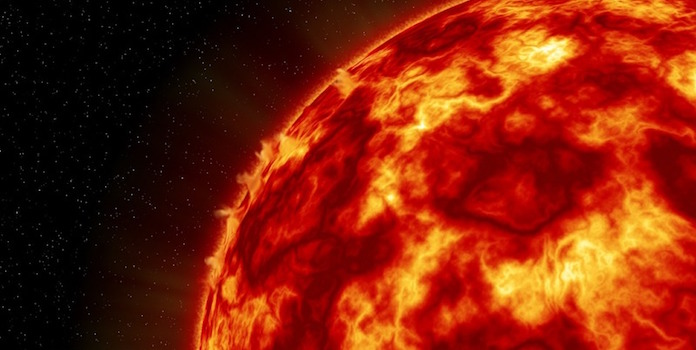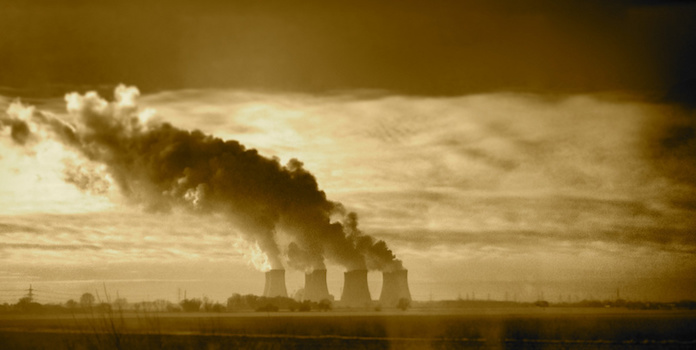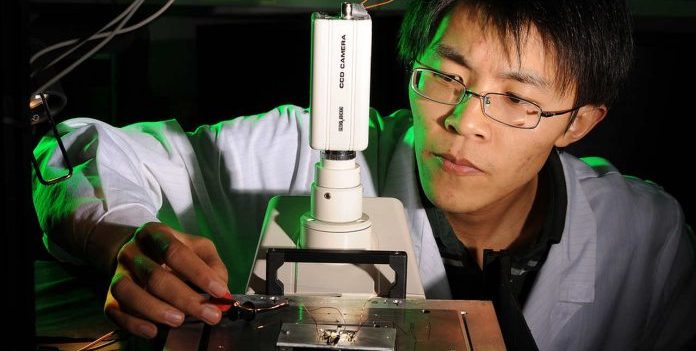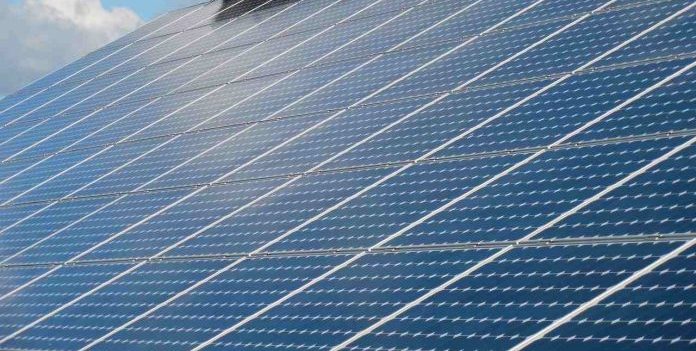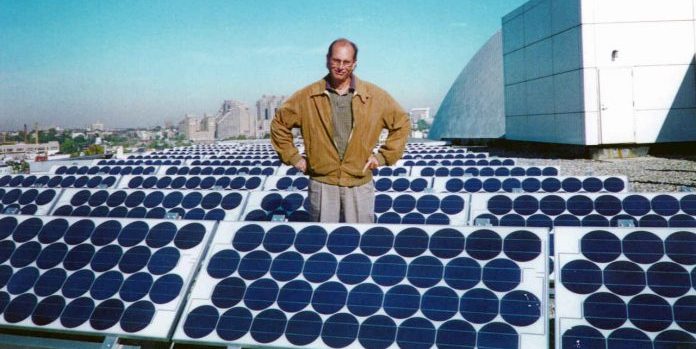What Are Solar Energy Pros and Cons?
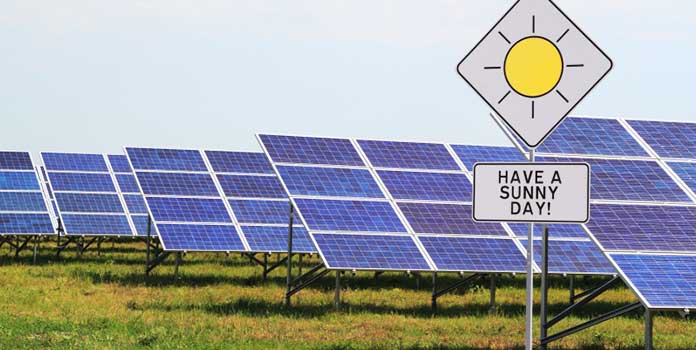
We’ve heard the solar energy pros and cons from both sides:
Solar salespeople are yelling “It’s a money-saving investment! Hedge yourself against those rising electricity costs!” while naysayers proclaim that “solar is simply too expensive!” Some homeowners believe that solar is beautiful because there are no emissions! Others say “It’s ugly!”
While all of these thoughts are valid, they are fairly general statements. As always, the devil is in the details.
Today, we list out 10 of the major pros and cons of solar energy that people often cite and look a little deeper into each one to see if the pros stand up under scrutiny and the cons truly are valid.
One very important point: these pros and cons of solar power are for solar, right now. The cons listed here may go away with something like Tesla’s solar roof.
Quick Navigation
+ PROS
Pro #1: Solar is a cost-effective investment
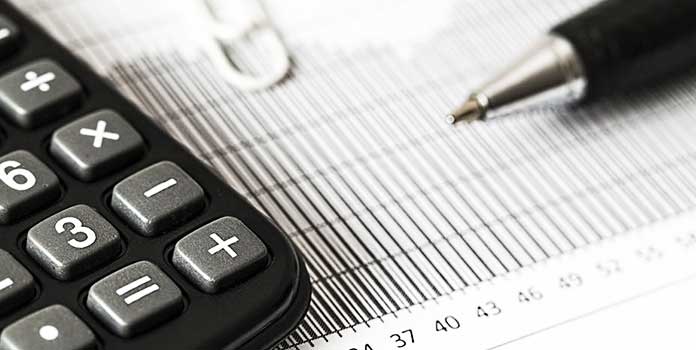
While this image is a little out of date (and we are not investment advisors), it gets the general point across: solar is a great investment.
While solar installations do require a high upfront cost (see con #4), solar owners can recoup their investments in as little as 7 years, depending on the size of the installation, utility rates, and available financial incentives, and homeowners in many states see a better return on investment than the S&P 500!
Homeowners who live in states without net metering or other financial incentives will have a harder time recouping their investments than homeowners in pro-solar states like California, New York, and Colorado with numerous incentives, but the 30% federal tax credit is available to any homeowner in the US installing solar and can go a long way to making the installation feasible and cost-effective.
Pro #2: Solar is Renewable
Unlike coal or natural gas, which account for 66% of all electricity generation in the United States, fuel for solar panels (ie, sunlight), will never run out. By contrast, we are expected to run out of our coal reserves in 20 to 200 years depending on who is estimating.
Solar panels are manufactured with finite resources like silicon and rare earth metals. The amount used in the solar panel industry pales when compared to the total amount of coal used for electricity production annually – almost 1 billion tons!
Pro #3: Solar Produces No Emissions
During energy production, solar produces no emissions. This probably sounds like a fairly obvious statement, but let’s give some context around it to show how amazing this truly is.
An average coal-fired power plant produces 3.5 million tons of carbon dioxide per year, also producing nitrogen oxide emissions, mercury emissions, and airborne particulates.
The emissions from a comparable sized solar installation? Yes, zero. Absolutely nothing.
While the solar panels don’t produce emission during production, the panel manufacturing process both uses and produces as by-products extremely dangerous chemicals, most notably hydrochloric and hydrofluoric acid.
While the solar manufacturing industry has come under heavy fire in the past due to stories of manufacturing plants dumping these toxic chemicals into streams and fields near the factory, nations are passing increasingly stringent rules requiring manufacturers to recycle these harmful chemicals.
For more on the sustainability of the solar industry, read our article “Is Solar Energy Renewable or Non-Renewable”.
Pro #4: Solar Panels are Versatile
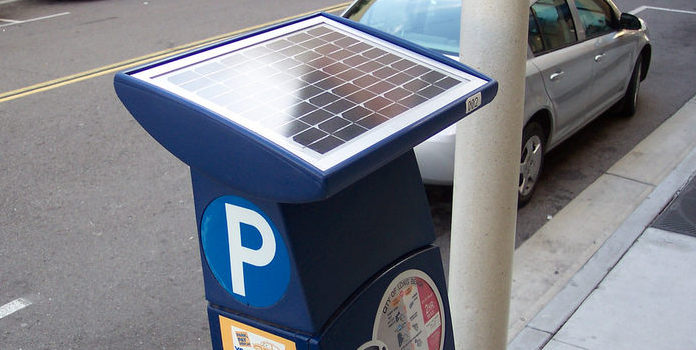
Solar panels are extremely versatile in that they can be used anywhere in the world and in numerous different applications. They can be used by homeowners connected to the utility grid, allowing them to sell excess electricity produced to the utility.
Solar panels can be used in off-grid applications, allowing extremely remote homes that are too far from the utility grid to have electricity for the first time. A small solar installation can even be coupled with batteries to create micro-grids shared by several communities, allowing remote villages to have electricity for the very first time.
For most off-grid applications in the past, the only real option were loud and inefficient generators, with many moving parts that are prone to failure. In comparison, solar installations contain no moving parts, and after the installation is complete they are fairly maintenance free.
Many of the homes in Native American tribes have created organizations to lease off-grid solar kits that contain panels, wiring, and storage to remote homes, allowing residents to perform household chores, students to study, and simply relax at night.
Batteries allow solar panels to produce electricity during the day and store it for later use at night or on cloudy days when the panels can’t produce electricity. As the cost of solar and batteries continues to drop, people around the world are using this system for mountain getaways, remote homes, and even to avoid peak times of electricity use when power is most expensive (known as on-grid solar-plus storage).
Solar panels have seen huge cost drops in the last 10 years, allowing even more applications that previously simply weren’t cost-effective. Many individuals are even putting solar panels and batteries in RVs and camper vans, allowing these roamers to have lights, air conditioning, and microwaves as well as charged phones, laptops, and GPS units for indefinite amounts of time while traveling and camping.
Pro #5: Solar Panels are Scalable
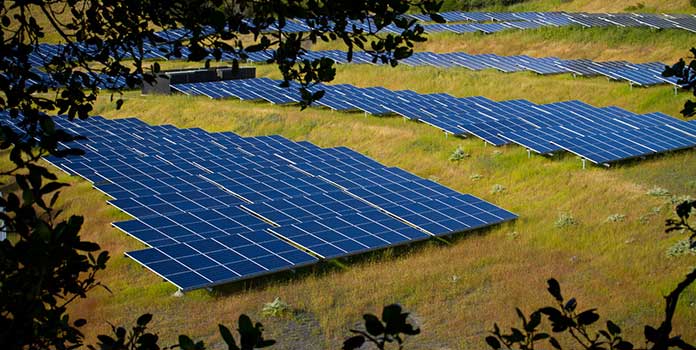
It’s very easy to scale solar installations up or down by simply adding or removing solar panels. Solar works just as well on an extremely large scale, like California’s Solar Star power plant, the 3rd biggest photovoltaic solar plant in the word, composed of 1.8 million solar panels on over 3,000 acres of land, as well as on small-scale residential installations, like a homeowner that has 5 solar panels installed on their roof to offset electricity cost.
Both of these systems are based on the same technology: solar panels and inverters (to convert the panel’s DC electricity to AC for use in the grid or at home). Increasing a solar installation’s size is simply a matter of having the space and accounting for the additional hardware and wiring, as well as having the appropriate number and size of inverters.
With conventional electricity generation, scaling up electricity production was difficult, having to build larger or more fossil-fuel power plants, and scaling electricity production down was almost impossible, limited to loud and inefficient gas or diesel-powered portable generators.
Pro #6: Solar Panels are Low Maintenance
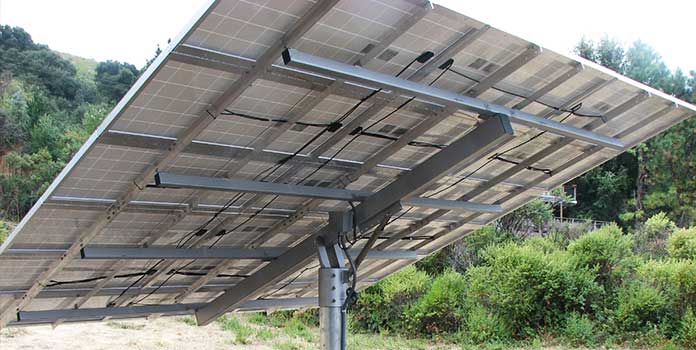
Solar installations are completely passive electricity generators. Unlike a gas-fueled generator, solar installations have absolutely no moving parts. How does this benefit you?
First off, without having to worry about wear and tear, your solar installation will keep pumping out electricity for years to come. Most solar panel manufacturers guarantee that their solar panels will produce 80% to 90% of their nameplate rating during Year 25 of the installation (Trina Honey panel, for example).
Solar panels are also extremely low maintenance. You don’t have to add oil to a solar installation. You don’t have to ‘winterize’ your installation. You don’t have to tune-up your installation every 2 years. It simply produces solar electricity on its own. Unless you turn the system off, it’s going to keep pumping out energy!
Pro #7: Solar Panels Offer Increased Energy Security
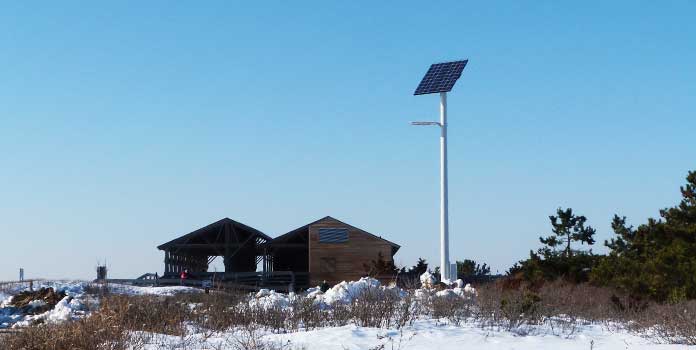
With sunlight equally available across the globe and in every backyard, solar panels afford both you and the nation as a whole a higher level of energy security.
From an individual standpoint, now that you’re producing at least part of your own electricity, your own energy needs are less connected to your utility’s rising electricity prices and their dependence on finite fuels to continually create that electricity.
This greater energy independence and security allows you to better plan your long-term finances (though of course electricity costs are just a small part of overall finances) and gives you some piece of mind. After installing solar, if the cost of natural gas or coal suddenly increases, guess who really doesn’t care? That’s right, you!
Energy security and independence is also hugely important for any nation or community at large as well. Consider the Northern Mariana Islands, a tiny US territory in the Pacific Ocean. As you can imagine, they must import almost 100% of all their fuel for electricity. Already, this is some serious cost. Consider also that the fuel is simply diesel gas, and you can see how life-changing solar energy can be!
With all their fuel imported, electricity in the N Mariana islands can vary dramatically, from a high of $0.48 per kilowatt-hour to today’s $0.19 per kWh. Compared to the US’ average of $0.13 per kWh, even their lowest price is still quite high. Solar electricity is a localized energy source. There’s no need to import fuel. There’s no need to even pay for fuel. And it’s installed right in your backyard.
Pro #8: Solar Panels are for Everyone!
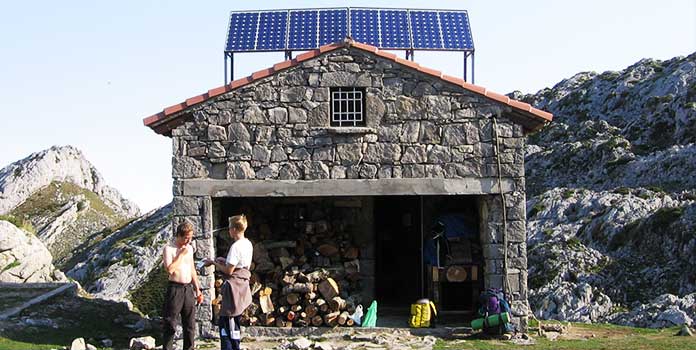
The solar revolution is available to anyone in the world. Electricity is no longer simply in the hands of giant companies that can afford to produce electricity on a large scale. Even gas generators are a high price to pay for many people across the globe!
But with solar so scalable and versatile, almost anyone can afford it. From a tiny panel connected to a single lightbulb, to traditional roof-top installations like we hae in the US, to off-grid cabins with battery storage, to a field of solar panels powering a business – solar’s an option for everyone. Can we say that about any other electricity source? I don’t think so, and that’s pretty cool.
We’ve seen the pros, now let’s look at the solar panels pros and cons:
Con #1: Solar Panels are Relatively Inefficient
Solar panels are not as efficient as you’d expect. Most residential solar panels only convert about 18% of the sunlight that hits the panel into electricity. This may seem like very little, but it’s actually taken researchers and scientists over 100 years to reach this number. In the late 1800s, solar panel efficiency was just at 1%. In the 1960s, after 70 years of much research, experimentation, and trial-and-error, that number had only jumped to about 8%!
While there are some solar panels that see up to 45% efficiency, their extremely high cost makes them a viable option only for special applications like space stations.
To put solar’s efficiency in context though, let’s look at conventional fuel types, which don’t fare much better. A typical coal-fired power plant is about 33% efficient and wind turbines convert about 26% of the wind that hits it into electricity.
The explosive growth of the solar industry over the last 10 years has led to fast changes in technology, efficiency, and pricing. As solar panels become cheaper and more efficient, new types of solar panels like thin film and spray-on solar -technologies still in their infancy yet seeing efficiencies upwards of 20%- hint at the even higher efficiency levels of future solar panels.
Con #2: Solar Panels Need a Lot of Space
Because solar panels only convert about 20% of the available sunlight into electricity, homeowners need a large amount of solar panels to produce a reasonable amount of energy. In fact, the average homeowner installs about 20 panels and homes with high electricity use can install upwards of 100! As you can imagine, lack of roof space is one of the greatest issues going solar for many homeowners.
Large-scale solar power plants have the same issue and need hundreds of acres to produce as much energy as a smaller, more compact coal or natural gas-fired power plant. According to research from the National Renewable Energy Lab, utility-scale solar needs around 8 acres per MW.
With solar installations pushing into 300 to 500 MWs, that’s 2400 to 4000 acres for a single (yet very, very large) installation! Because these huge installations need huge tracts of land, developers leave themselves more open to environmental and animals-rights issues if the installation is in or near sensitive areas.
Con #3: It All Depends on Weather
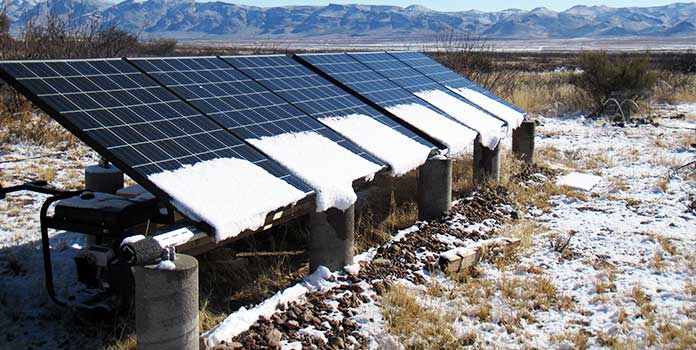
As we all well know every time we plan an event outside – weather is fickle and rarely does want you want it to.
If you have solar panels, you want sunny, cloudless days every day of the year, but this rarely happens. Because of this, some months your solar panels will produce more electricity than others. This variability is just part of renewable energy in any form.
While we can never know exactly how many days in a year will be cloudy and rainy, we can estimate the strength and the number of hours of sunlight an area will see in a given month, as well basic predictions on weather patterns, allowing solar installers to provide fairly accurate calculations of how much electricity a solar installation can produce.
Con #4: High Upfront Cost
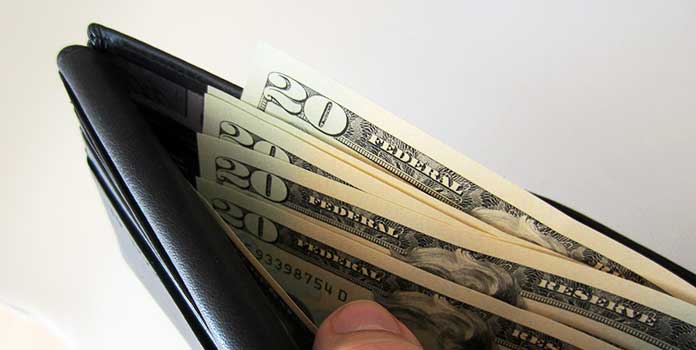
We mentioned that solar installations are a great way to save money in the long run, but they still require high upfront costs.
In 2017, most companies can install solar for about $3.00 per watt or less. In the first quarter of 2017, nationwide solar installers Sunrun and Vivint reported their installation costs to be at $2.92 and $2.98 per watt, respectively. While these installation costs are mind-numbingly lower than installation costs just 10 years ago, even at $3.00 – a 10kW installation still runs at $30,000!
This is one of the biggest challenges facing solar and the industry is constantly seeking to decrease this upfront cost through faster installations, price decreases through advanced technology, and streamlined services.
Seeing the upfront costs as a major roadblock, solar installers created and offer solar leases and power purchase agreements (PPAs) that allow homeowners to go solar for little or no money down. While you don’t save as much money with a lease or PPA than if you simply purchased your system outright, these financial options open solar to all those homeowners who simply don’t have $20,000 to $50,000 lying around waiting to be invested.
No matter your situation, there’s a method of solar financing that can help you over that huge initial investment and get you producing your own electricity!
Con #5: Energy Storage Is Expensive
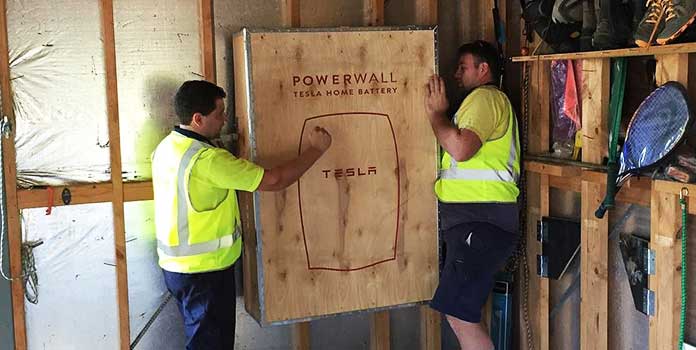
If you want to store the electricity you produce for later use, you’ll need a battery storage system and that doesn’t come cheap. The Tesla Powerwall 2 costs $5,500 and stores enough electricity for an average-sized home to continue functioning for 12 to 24 hours. Other battery options sport a range of prices, but none could be considered cheap. The sonnenBatterie costs just under $10k.
Of course, if you’re connected to the grid the high cost of energy storage isn’t a huge issue. If you need electricity after the sky goes dark and your solar installation stops producing energy, you simply pull electricity from the utility grid.
Even if you are connected to the grid, during peak times, electricity rates are so high in some areas that homeowners are finding energy storage -even with its high price – cheaper than purchasing electricity from the utility during those peak times (this is mainly an issue for utility customers on time-of-use rates).
The homeowners simply charge their batteries during the day, then use energy from their batteries – instead of the utility – during those times of high prices. Pretty cool, right?
Con #6: Solar Panels are Ugly
While this isn’t truly a con, since beauty is always in the eye of the beholder, many see solar panels as somewhat of an eyesore on rooftops – especially if the modern look of the panels doesn’t match the color scheme or style of the home’s exterior.
Panels today are much less visually intrusive than the past. They are thinner and sleeker than in the past and also sit flush against the roof, usually elevated just 4 to 6” above the surface. If you still think solar panels are ugly, just think about saving thousands of dollars over the next 20 years! That might be enough to change your mind.
This could all change though with something like Tesla’s solar roof.
That’s it, the solar power pros and cons – we hope this gives you a more rounded idea of what all the fuss is about.
Image Credits under CC Licence via Flickr – 1, 2, 4, 5, 6, 7, 8, 9 10, 12, 13, 14, 15 & Pixabay 3,11

